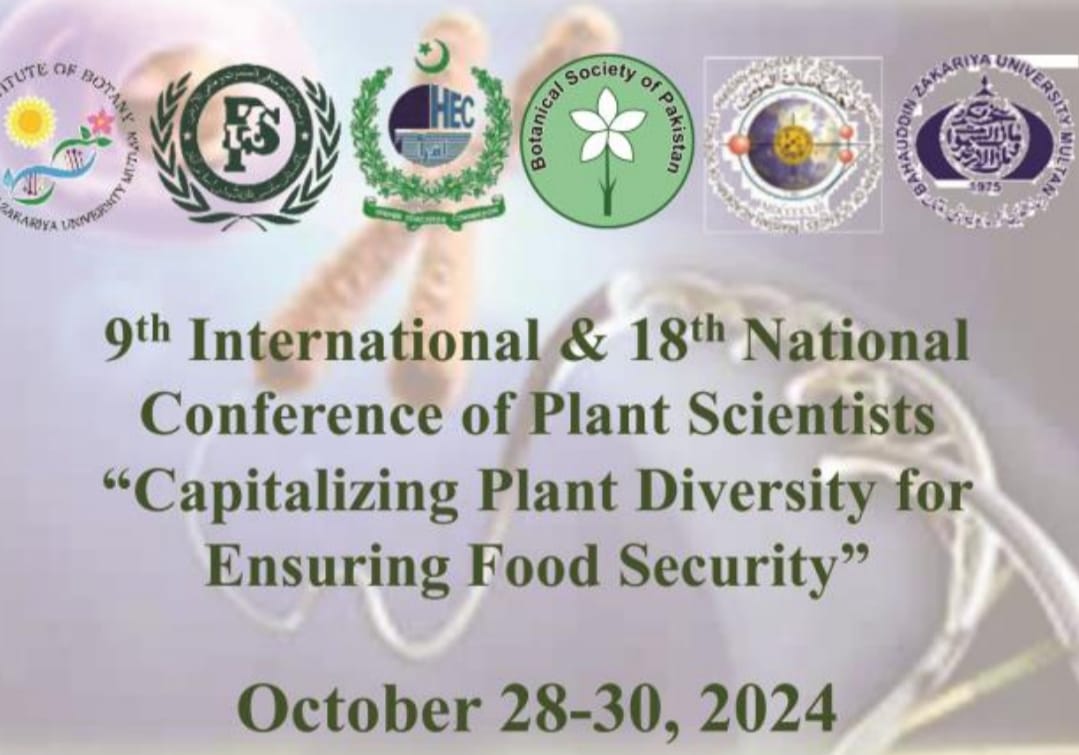
PJB-2025-274
In-Silico Genome Wide Identification and Characterization of SOS1 Gene Family in Gossypium hirsutum L. Under Drought and Salinity Stresses.
LARAIB IQRA
Abstract
Abstract
The global production of upland cotton (Gossypium hirsutum) has declined in recent years due to increasing drought and salinity stress. Improving the genetic makeup of G. hirsutum is essential for achieving higher yields under abiotic stresses. The Salt Overly Sensitive 1 (SOS1) gene family plays a key role in maintaining ion homeostasis and enhancing stress resilience. A genome-wide study was conducted to identify SOS1 genes, including analyses of gene structure, motifs, chromosomal distribution, phylogenetic relationships, Ka/Ks ratios, cis-regulatory elements, protein–protein interactions, gene co-expression, co-occurrence patterns, 3D structures, and phosphorylation sites. Fifteen orthologs of G. hirsutum were identified and functionally characterized. Analyses of gene structure, motifs, promoter regions, and subcellular localization confirmed the involvement of the SOS1 family in drought and salinity tolerance. The molecular weight of GhSOS1 proteins ranged from 56,877.92 to 90,511.16 kDa. The presence of drought- and salt-responsive cis-elements, including ABRE, DRE/CRT, MYB sites, and other transcription factor motifs, further confirmed their stress response role. Ka/Ks analysis indicated strong conservation among gene paralogs, with most under purifying selection. Protein–protein interaction analysis revealed SOS1 association with antiporters, facilitating Na⁺ unloading from the xylem to reduce drought and salinity effects. Collectively, this study provides a comprehensive characterization of the SOS1 family in G. hirsutum, highlighting their roles in conferring stress tolerance. These findings will serve as a valuable resource for molecular breeding and genetic improvement programs aimed at developing stress-resilient cotton cultivars.
Keywords: Insilico characterization of SOS1, Ka/Ks study in SOS1 genes, Cis-regulatory elements, phylogenetic analysis in SOS1 genes, PPI in SOS1, conserved domain in SOS1
Graphical Abstract
To Cite this article:


